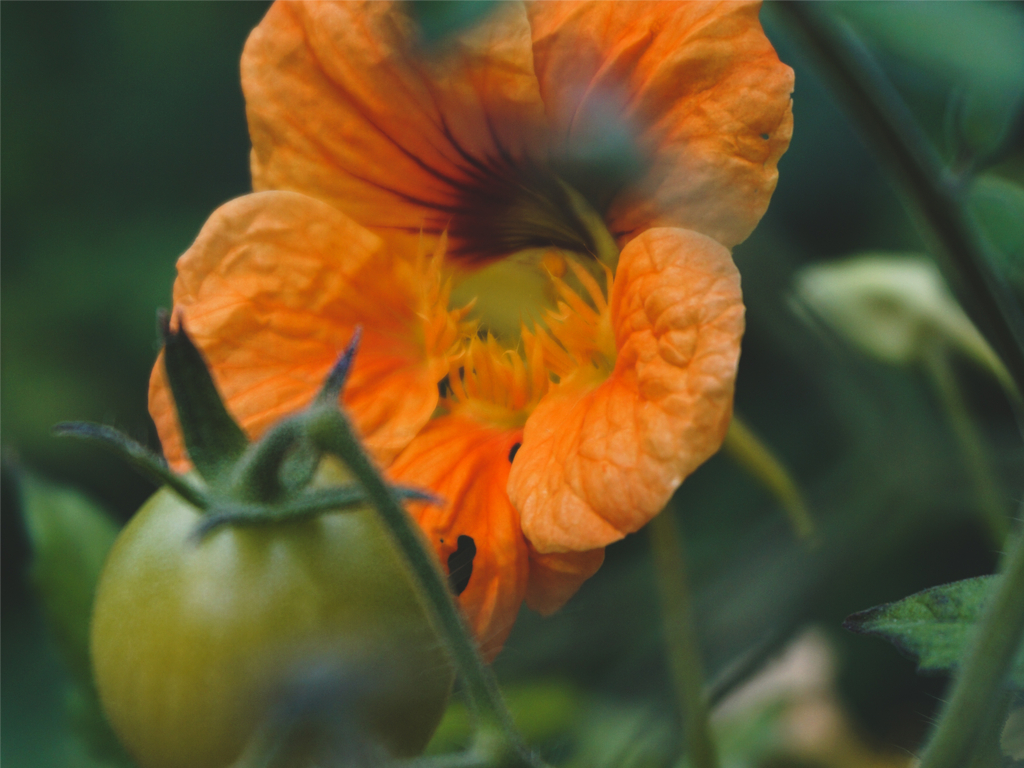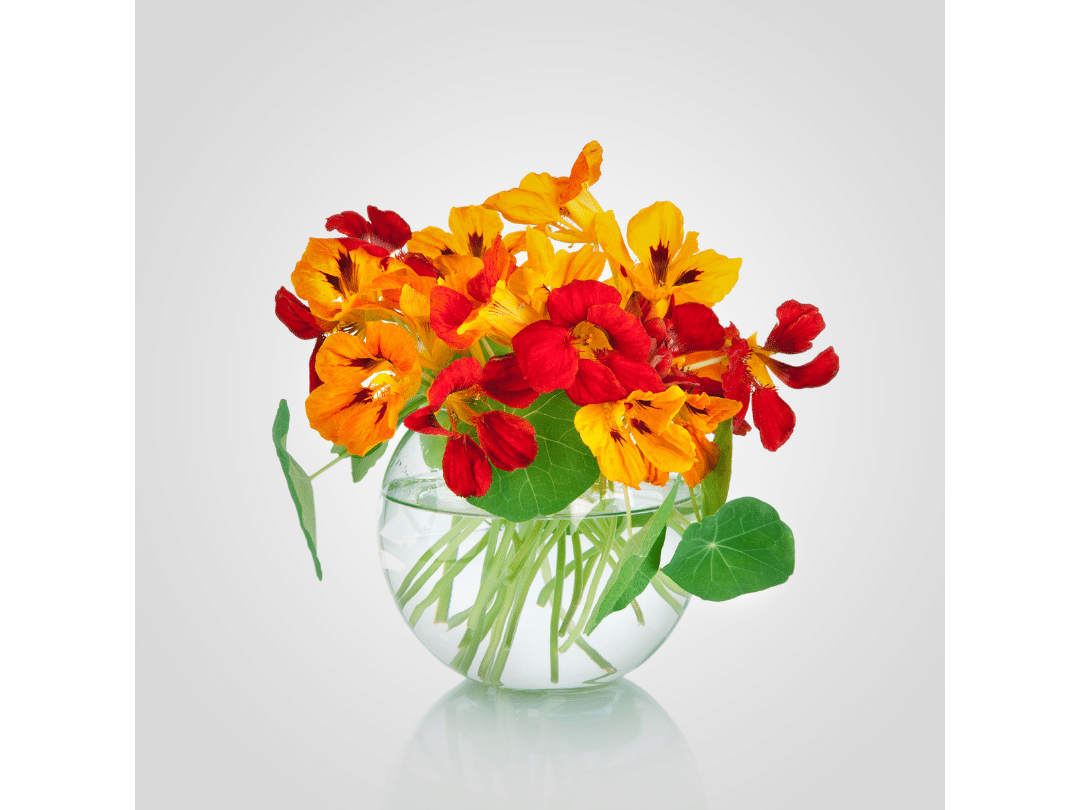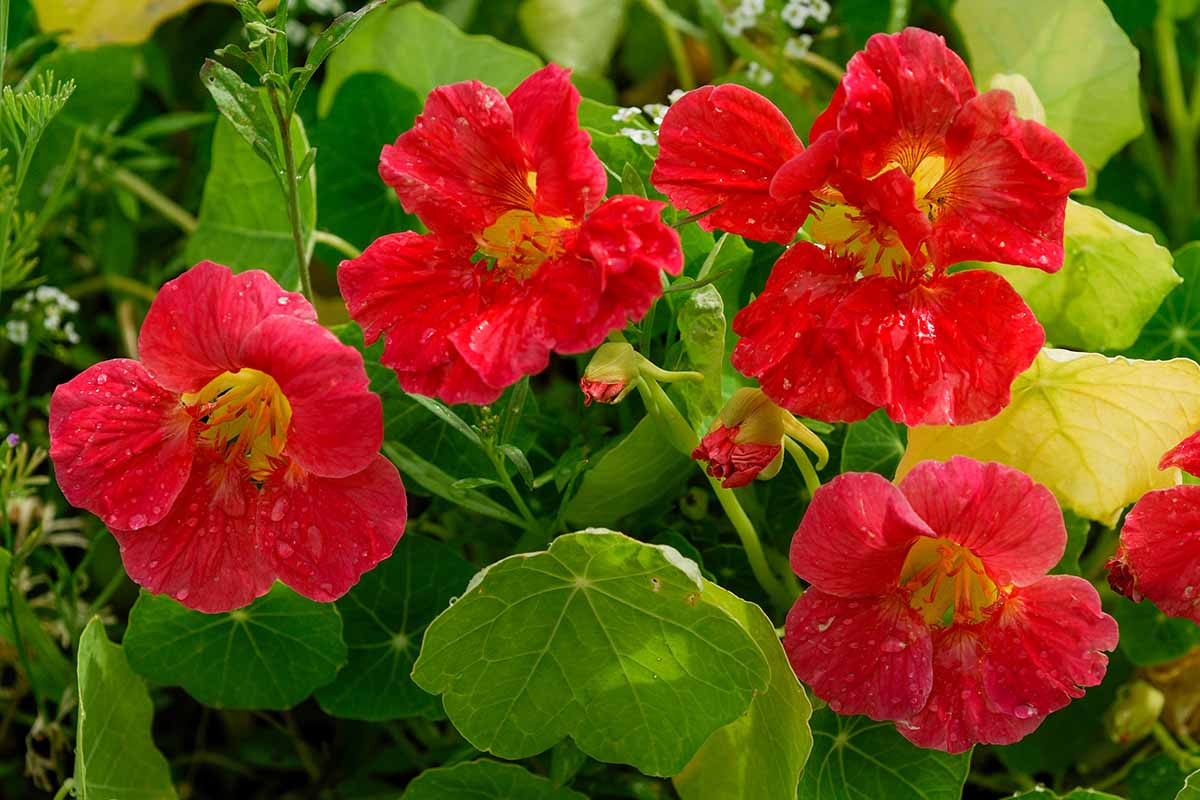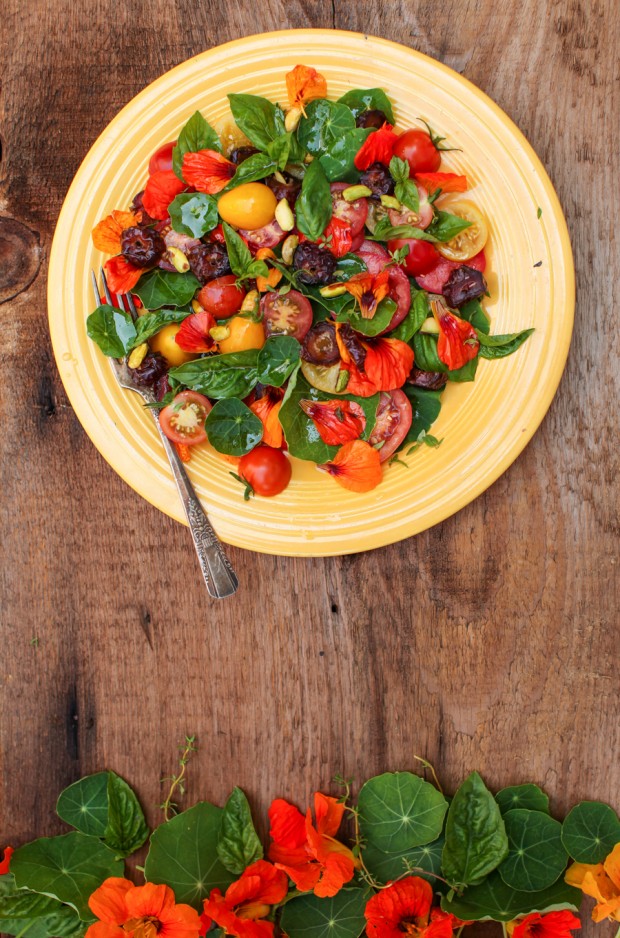The Perfect Pair: Tomatoes And Nasturtiums
The Perfect Pair: Tomatoes and Nasturtiums
Tomatoes and nasturtiums are a classic companion planting duo. They offer a number of benefits to each other, including pest control, improved growth, and enhanced flavor.
Pest Control
One of the biggest benefits of planting tomatoes and nasturtiums together is that they can help to deter pests. Nasturtiums have a strong scent that is unpleasant to many insects, including aphids, whiteflies, and spider mites. These pests are attracted to the scent of nasturtiums, and when they land on the plant, they are met with a sticky substance that traps them. The aphids, whiteflies, and spider mites then die, leaving your tomatoes free from pests.
Improved Growth
In addition to pest control, nasturtiums can also help to improve the growth of tomatoes. Nasturtiums are nitrogen-fixing plants, which means that they can convert atmospheric nitrogen into a form that can be used by other plants. This means that planting nasturtiums near tomatoes can help to provide them with the nitrogen they need to grow strong and healthy.
Enhanced Flavor
The flavor of tomatoes can also be enhanced by planting them with nasturtiums. The leaves and flowers of nasturtiums have a peppery flavor that can add depth and complexity to the flavor of tomatoes. You can even add nasturtium leaves and flowers to salads, sandwiches, and other dishes to enjoy their unique flavor.
How to Plant Tomatoes and Nasturtiums Together
To plant tomatoes and nasturtiums together, you will need to choose a location that gets full sun. Both tomatoes and nasturtiums need at least 6 hours of sunlight per day. The soil should also be well-drained and fertile.
Once you have chosen a location, you can plant the tomatoes and nasturtiums according to their respective instructions. Tomatoes should be planted 2-3 feet apart, and nasturtiums should be planted 1-2 feet apart.
You can water the tomatoes and nasturtiums regularly, but be careful not to overwater them. Both plants are susceptible to root rot, so it is important to water them deeply and infrequently.
Conclusion
Tomatoes and nasturtiums are a great combination for any garden. They offer a number of benefits to each other, including pest control, improved growth, and enhanced flavor. If you are looking for a way to improve your tomato harvest, be sure to plant some nasturtiums alongside them.
Tomatoes and nasturtiums are two of the most popular garden plants, and for good reason. They're both easy to grow, beautiful to look at, and delicious to eat. But did you know that they're also great companion plants? That means that they can help each other grow better and healthier.
Nasturtiums can help to attract beneficial insects to the garden, which can help to control pests that might otherwise harm your tomatoes. They can also help to deter aphids, which can be a major problem for tomatoes.
In return, tomatoes can provide nasturtiums with support. Nasturtiums are vining plants, and they can climb up tomato plants to get more sunlight. This helps the nasturtiums to grow taller and produce more flowers.
If you're looking for a way to improve the health and productivity of your tomato plants, consider planting some nasturtiums nearby. You won't be disappointed!
For more information about tomatoes and nasturtiums, as well as other companion planting tips, please visit Gardenia Inspiration.
FAQ of tomatoes and nasturtiums
1. Do tomatoes and nasturtiums attract the same pests?
No, tomatoes and nasturtiums attract different pests. Tomatoes are susceptible to pests such as aphids, whiteflies, and tomato hornworms. Nasturtiums, on the other hand, are attractive to pests such as spider mites, aphids, and flea beetles. However, nasturtiums also release a scent that repels some pests, such as cucumber beetles and tomato hornworms.
2. Can I plant tomatoes and nasturtiums together?
Yes, tomatoes and nasturtiums can be planted together. In fact, they are often recommended as companion plants. Companion planting is the practice of planting different types of plants together that benefit each other. Tomatoes and nasturtiums benefit each other in a few ways. First, nasturtiums attract beneficial insects that prey on tomato pests. Second, nasturtiums' scent helps to deter some tomato pests. Finally, nasturtiums' roots help to improve the soil drainage around tomatoes, which can help to prevent root rot.
3. What are the benefits of planting tomatoes and nasturtiums together?
In addition to the benefits mentioned above, planting tomatoes and nasturtiums together can also help to improve the flavor of the tomatoes. The nasturtiums' flowers attract pollinators, which help to pollinate the tomatoes. This can lead to larger, tastier tomatoes.
4. How far apart should I plant tomatoes and nasturtiums?
Tomatoes and nasturtiums should be planted about 18-24 inches apart. This will give them enough space to grow and thrive.
5. What are some other good companion plants for tomatoes?
In addition to nasturtiums, some other good companion plants for tomatoes include basil, chives, marigolds, and lavender. These plants all help to deter pests or attract beneficial insects that can help to protect your tomatoes.
Image of tomatoes and nasturtiums
Sure, I found you 5 images of tomatoes and nasturtiums from Pinterest:





Post a Comment for "The Perfect Pair: Tomatoes And Nasturtiums"